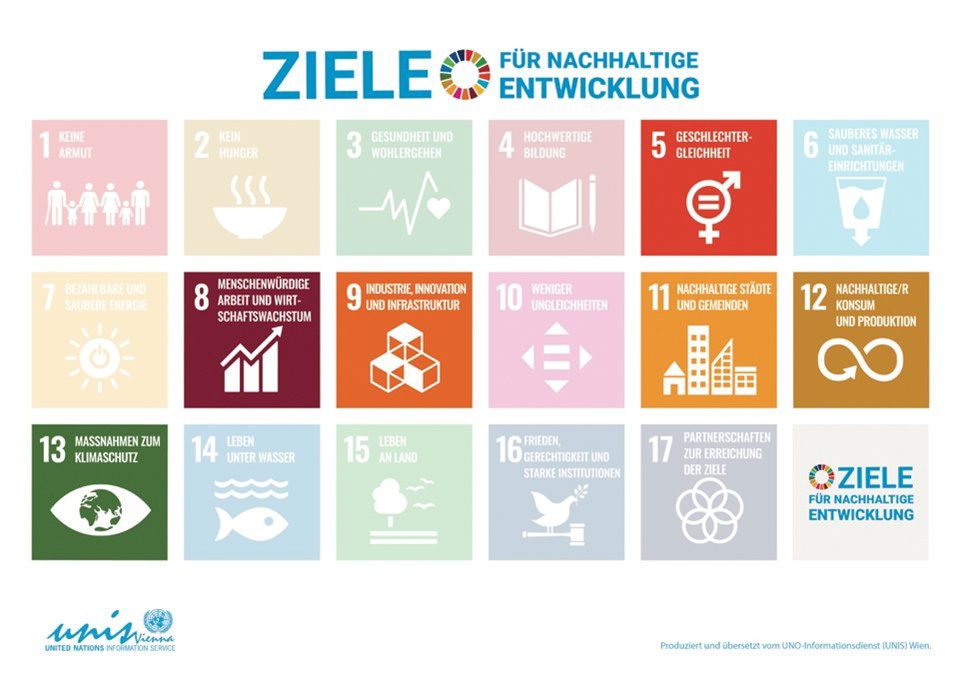Köln
Light Industrial Property
The light industrial property in Max-Planck-Strasse with approx. 14,058 m² of rental space and a flexible multi-tenant building structure is located in the Marsdorf industrial estate, in the immediate vicinity of public transport connections and slip roads to the A1 and A4 motorways.
The property consists of a four-storey office building and two adjoining bays. With its covered access, flexible building structure and central location, the property fulfils the relevant requirements for a last-mile location.
Built in 1991, the property offers various approaches for sustainable development. In addition to optimising the energy efficiency of the property, the focus is also on increasing the quality of stay for the tenants. Active asset management will make the property fit for the future in the long term.
Year of Construction:
1991
Site area:
13.200 sqm
Rental Area:
14.058 sqm
Location:
Max-Planck-Straße 35 in 50858 Köln
ESG Highlights:
The property offers various approaches for sustainable development. As part of a holistic energy concept, which includes supplementing the heating system with heat pumps, the installation of a PV system is also being examined.
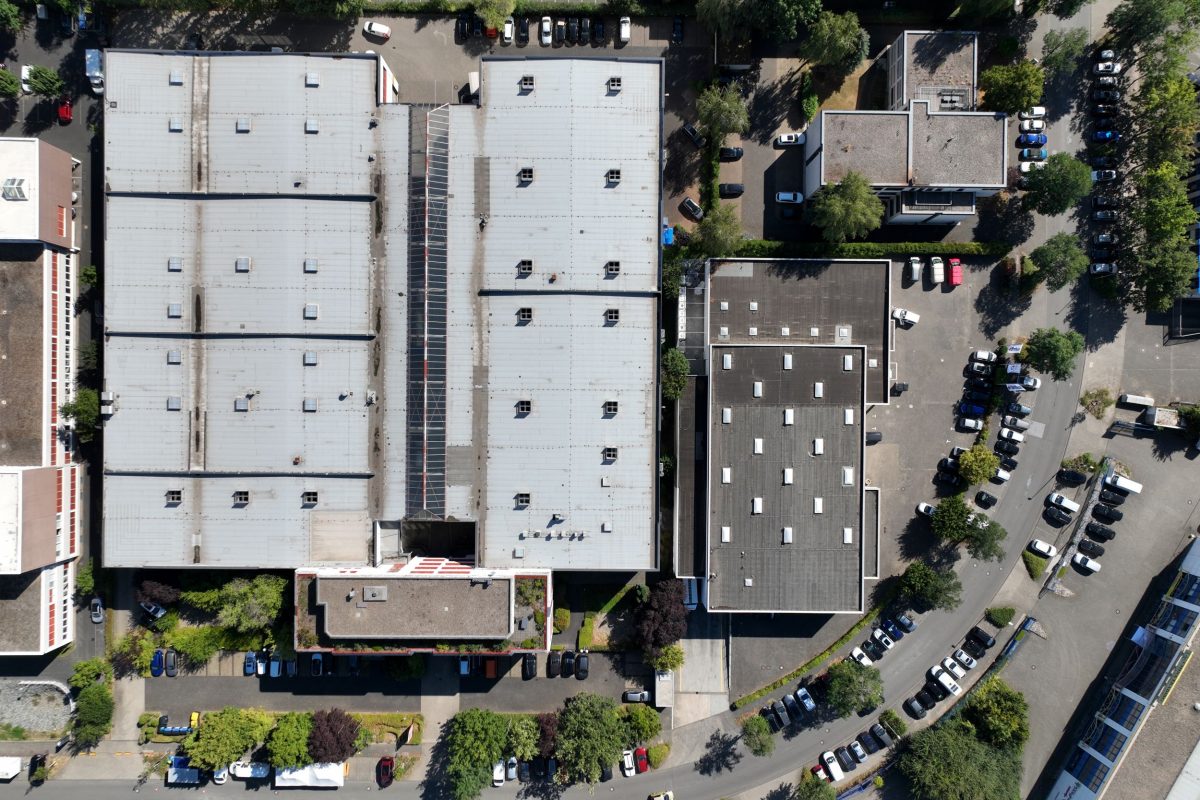
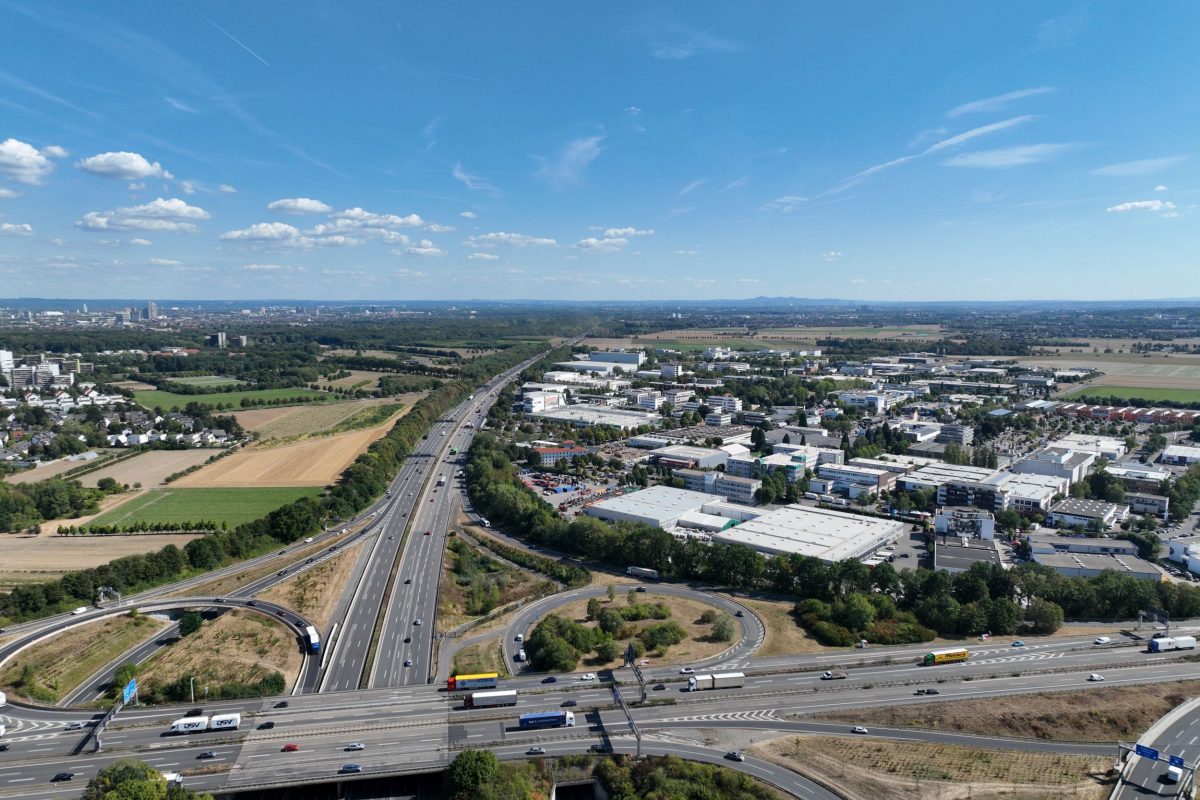
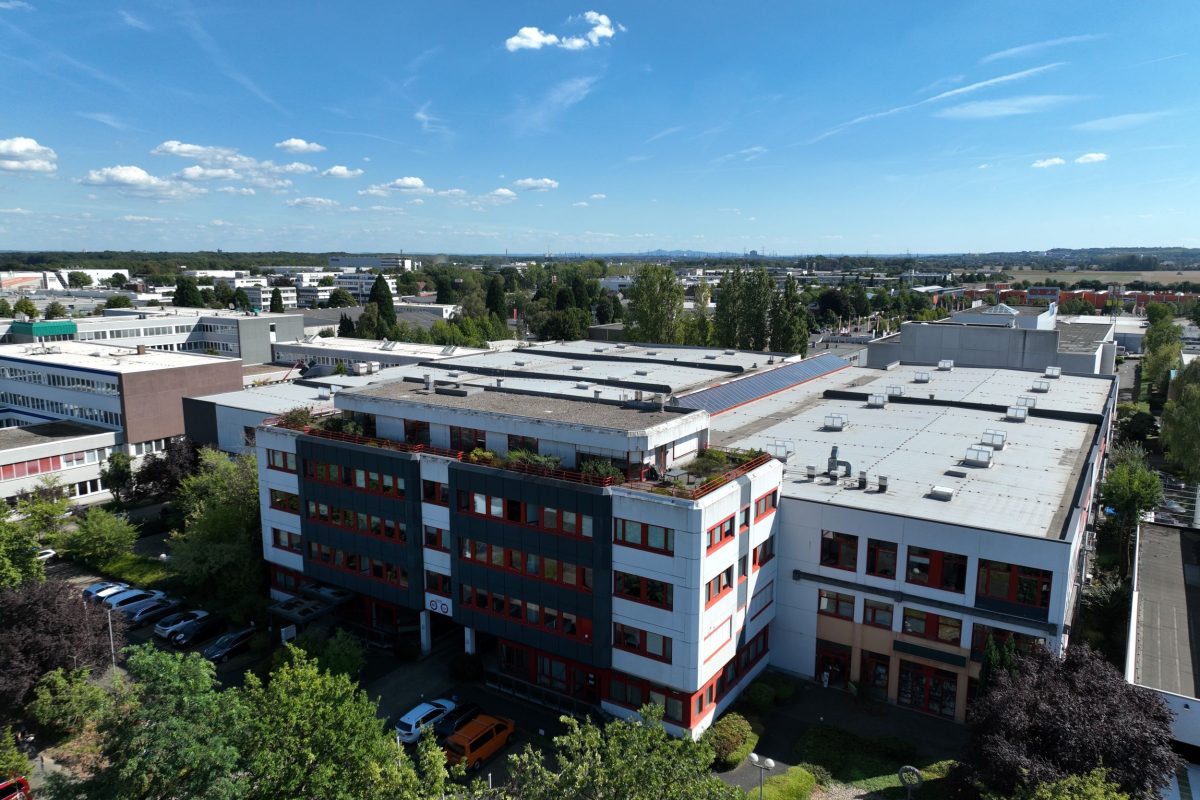
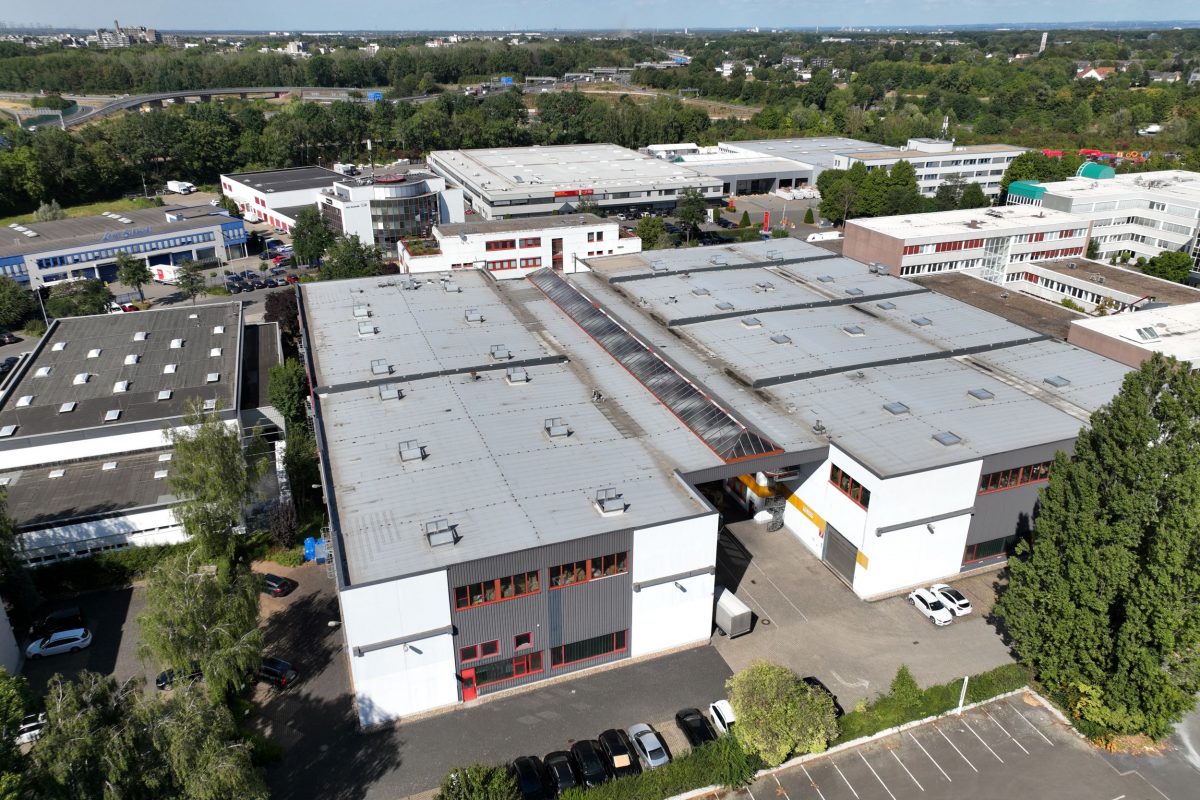
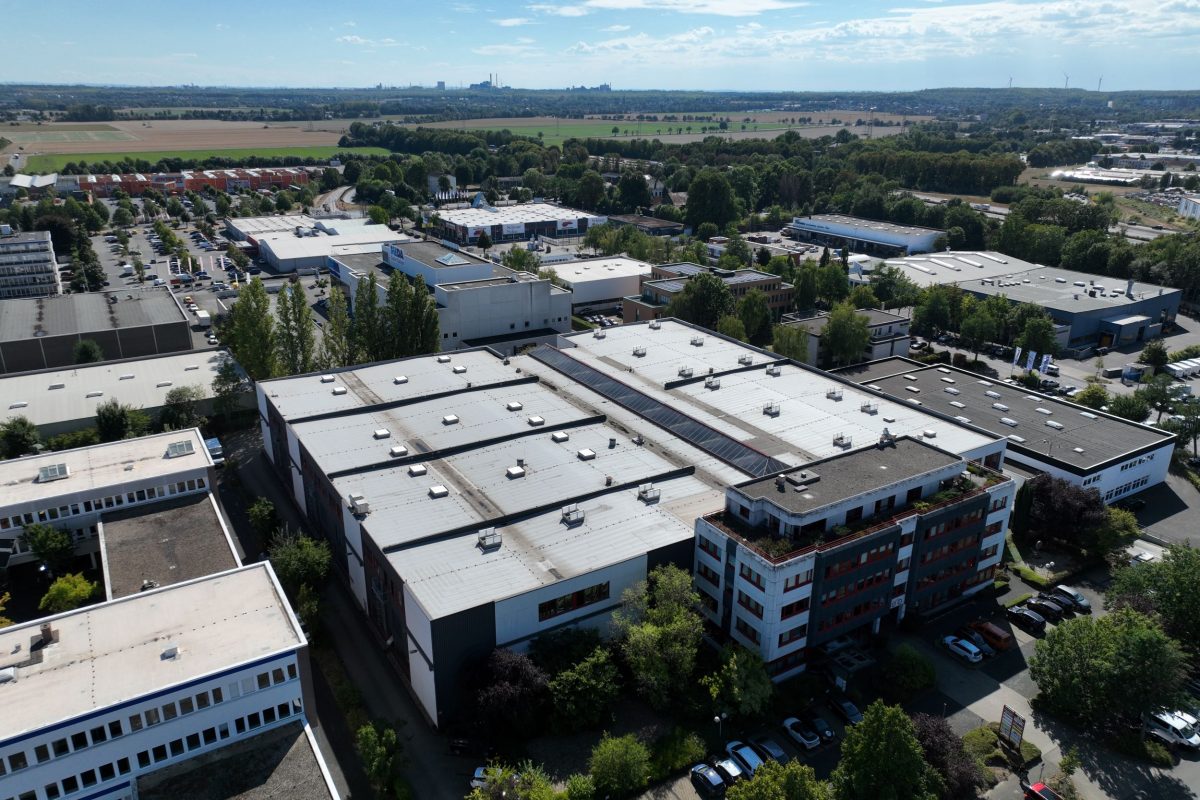
Location and Connection
The property is located in the Marsdorf industrial estate in the west of Cologne with excellent access to the A1 and A4 motorways. The light industrial building is located on a 13,200 m² plot and consists of two halls with an adjoining office block. Thanks to its location in the Marsdorf industrial estate and the small-scale rental units, it is perfect for small commercial and production facilities. During ongoing operations, the property is to be optimised according to ESG criteria, including by installing a photovoltaic system on the roof and optimising the heating system with additional heat pumps.
ContaCt
Lea Birnfeld
Project manager
INBRIGHT Development GmbH
Erasmusstraße 14
10553 Berlin
Mobile: +49 30 403 686 2-0
Email: lb@inbright.de


